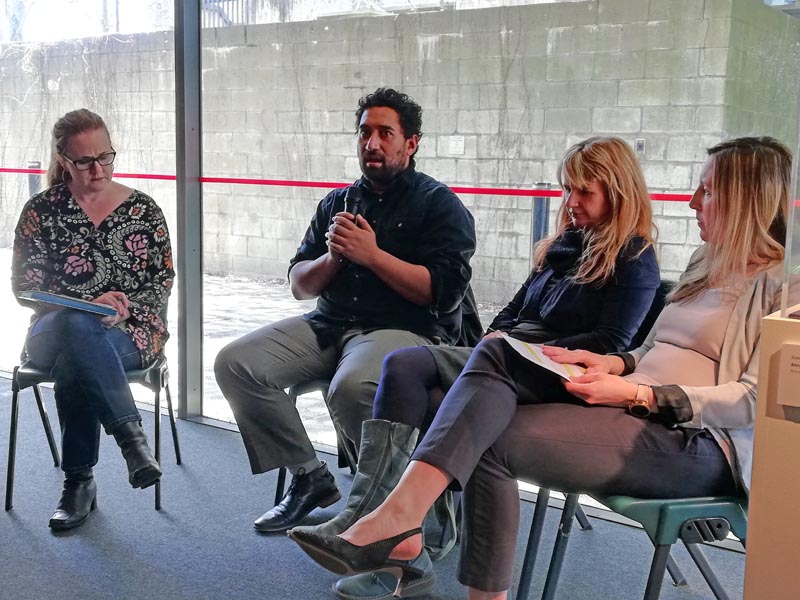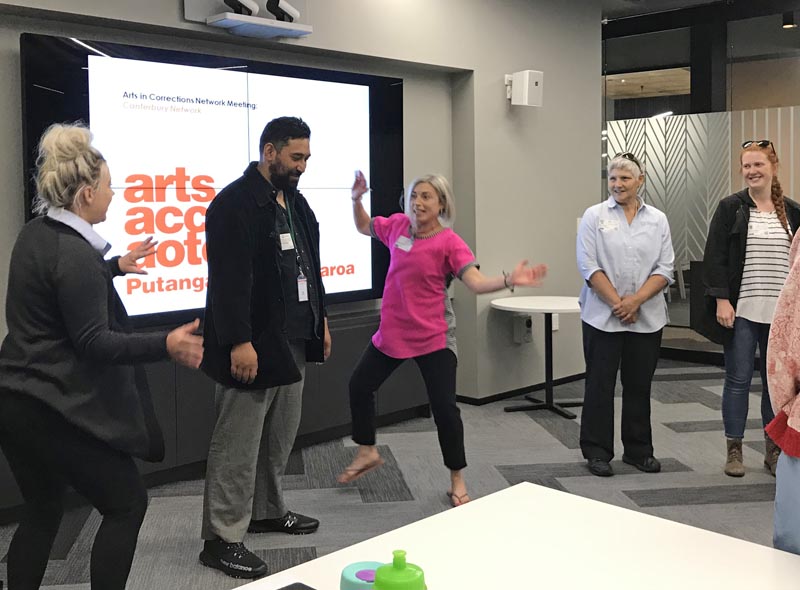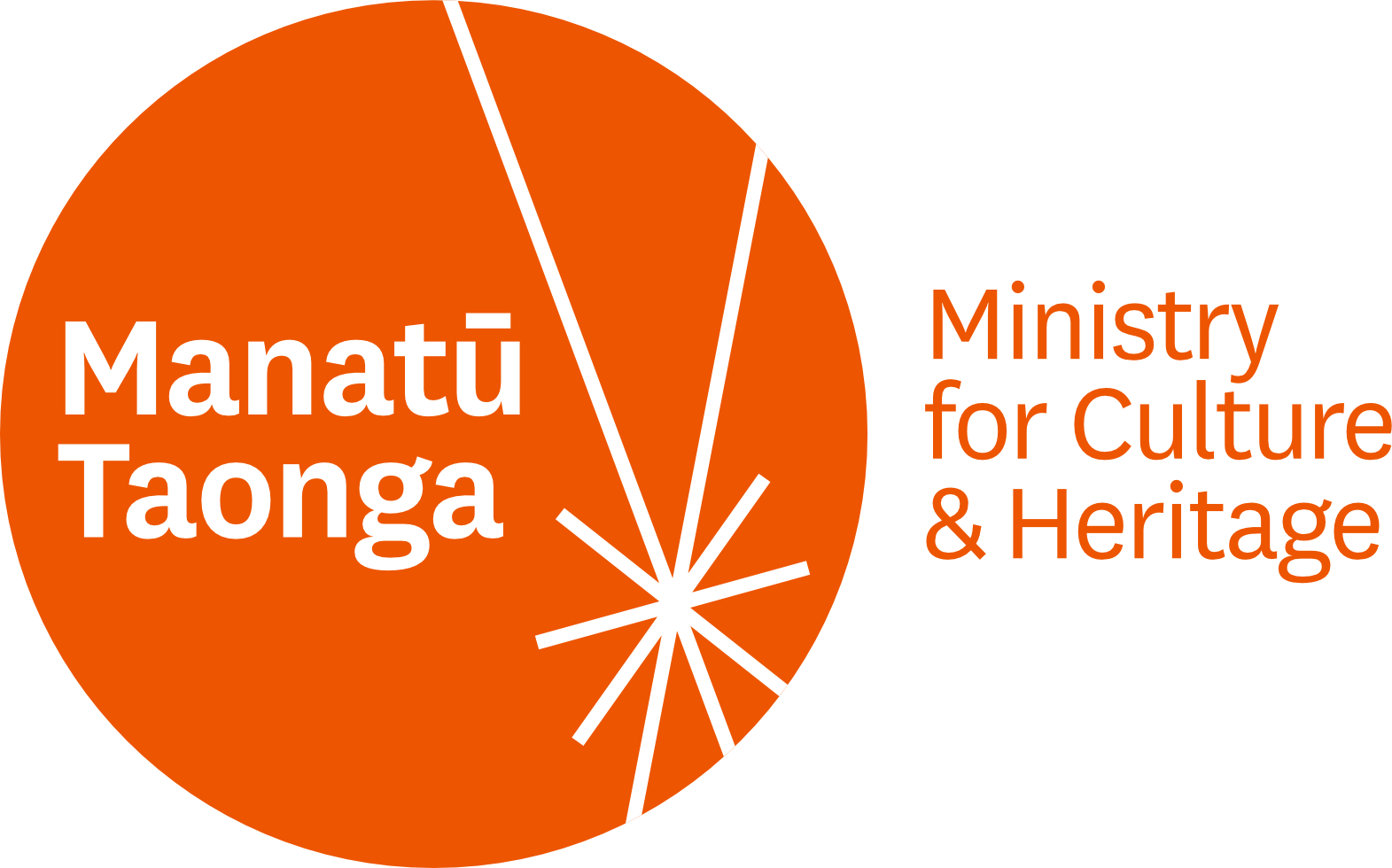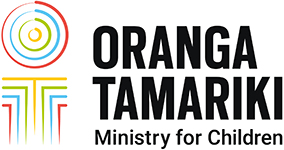It’s the beginning of the year and a great time to think about ways to assess your programme and keep it on track. Whether you’ve just started on this journey or you’ve been delivering your art programmes in prisons for the past 20 years, I’ve come up with five things that will help ensure your programme is robust, safe and successful.
1. What type of programme is it? Write a page describing what your programme does and what it hopes to achieve. If it’s clear to a stranger, then it will be clear to everyone.
 As artists and creatives, writing and documenting our work is not always our strongest point. That includes summarising your big creative ideas on to a page!
As artists and creatives, writing and documenting our work is not always our strongest point. That includes summarising your big creative ideas on to a page!
When we create arts programmes, we tend to think they will change people and do all these amazing things to enable rehabilitation. That’s a very fine thing to aim for but sometimes it isn’t reflected in the goals we write down for the programme.
During my university days I struggled trying to explain my artwork. Unfortunately, it’s a necessary skill in order to progress our individual practices. My tutor at the time believed the universe could be described on an A4 piece of paper. If you weren’t able to summarise your idea on an A4 then you were wasting his time.
So my challenge to you is to describe your arts programme/initiative in 500 words (an A4 piece of paper), then hand it to someone who knows nothing about art to see if they understand what you’re doing.
Keep repeating that process until the art stranger gets it.
2. Clarify what you want to gain from the experience and how the participants will benefit.
 No matter what arts programme you’re facilitating there will always be an exchange. Ask yourself what you’re gaining by working in the Arts in Corrections sector. For some, it’s a sense of doing good; for others, there’s financial compensation. Whatever it is that makes you go into a Corrections facility, be very clear about the exchange.
No matter what arts programme you’re facilitating there will always be an exchange. Ask yourself what you’re gaining by working in the Arts in Corrections sector. For some, it’s a sense of doing good; for others, there’s financial compensation. Whatever it is that makes you go into a Corrections facility, be very clear about the exchange.
I worked recently on the Home Ground programme with Jacqui Moyes. It’s a great example of a programme with very clear intentions about that exchange. The women asked during the session if Jacqui or any of the facilitators would be using the material from the programme outside of the prison gates. They were reassured that the programme was for their creative wellbeing and no one else’s. A lot of the women involved have experienced people coming in, extracting their stories and taking them elsewhere for public consumption.
3. Health and safety: work out what safe practice means and what’s bad practice.
Whatever you do, “Do no harm”. It’s something I learned from the Home Ground project (thanks Jacqui). It means that whatever you do, it shouldn’t retraumatise participants. At the end of the session, the participants will go back to their cells, left to constantly replay ideas in their heads for the next 12 to 14 hours. So you could do harm if you leave a session with something being triggered and no opportunity to address it.
The creative process is important for discovery and reflection but it can also bring up trauma. It’s our duty to manage this safely. Remember, you are not alone. There are trained staff onsite who are able to advise: Corrections officers, psychologists, counsellors etc. If you feel you need some of that support for your artists, please approach Corrections staff.
4. Gather feedback. Reflect. Report.
Have you ever been part of or experienced an amazing piece of artwork then many months later you’re asked, “What happened during that project?” You are left going “Oh … um … all I remember is that it was an amazing experience.”
You need to create a system or a framework of recording feedback and reporting on what happened. Evaluation is vital! Your programme could incorporate an introduction and reflection session, where participants can give verbal feedback about their experiences. You could also hand out a simple feedback form, which is collected at the end of a session.
For many artists, it can be hard to find the time or desire to produce an elaborate report. If that’s you, simply write a summary of your programme with some key findings and you will be able to track your programme’s success. I’ve found this website useful to help analyse data for a report. It also has some easy-to-use templates.
These reports come in handy when you apply for future funding opportunities.
5. Be Innovative and push the boundaries (within reason and safely)
 In a sea of requests I receive from people wanting to work in the Arts in Corrections sector, innovation stands out. As in other arts fields, innovation is the point of difference and a major factor in whether or not you get funded or get the green light to continue delivering the project.
In a sea of requests I receive from people wanting to work in the Arts in Corrections sector, innovation stands out. As in other arts fields, innovation is the point of difference and a major factor in whether or not you get funded or get the green light to continue delivering the project.
It is the role of artists and arts administrators/tutors to make sure our practices are current and relevant. Research through your practice or find out what others are doing in Arts in Corrections. Reading the latest Arts in Corrections research is a great place to start and you will find many useful items on Arts Access Aotearoa’s Arts in Corrections research page.
Some people may say, “There’s nothing wrong with what I’m delivering. I’ve always done the same thing for the past 20 years and it seems to work.” That would be okay if society and technology wasn’t rapidly evolving. In no way am I saying that you should completely change the core of your programme. I just think it’s of great value to know what others are doing in this area of art.
My final point (so really, there are six) is to have fun. If it’s not fun and exciting for you, then you should probably rethink what you’re doing.
If you have any questions about these tips, please contact the Arts in Correction Advisor via chris.ulutupu@artsaccess.org.nz
LATEST POSTS
- Accessibility
- Accessible Arts
- Achievements Celebrations
- Active Recreation
- Advocacy Campaigns
- All New Zealand
- Arts Accessibility
- Arts Culture
- Arts Culture Venues
- Arts For All
- Arts In Corrections
- Canterbury Region
- Community Arts
- Community Services
- Covid 19
- Creative Spaces
- Creative Wellbeing
- Dance
- Disability
- Festivals Arts
- Galleries
- Global Issues
- Health
- Learning Disabilities
- Local People
- Maori Art
- Mental Health
- Musical Theatre
- Obituaries
- Professional Development
- Professional Development Arts
- Stories About Organisations
- Theatre
- View Point
- Visual Arts




